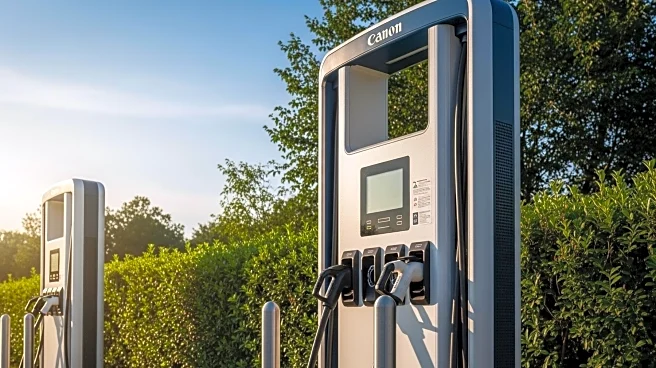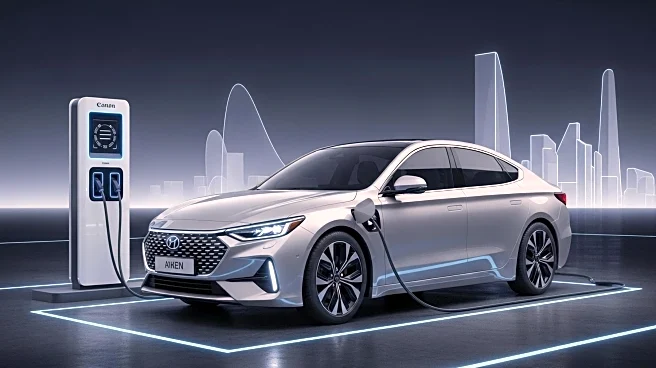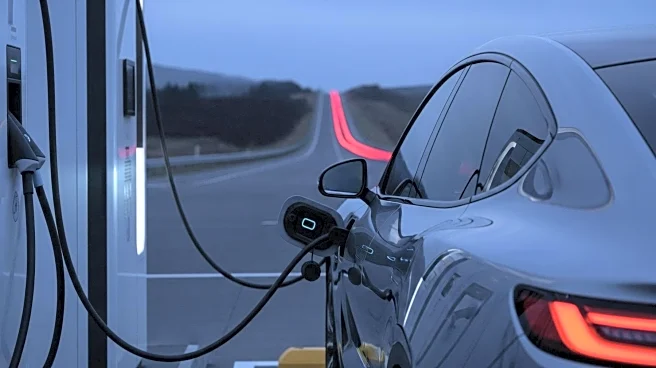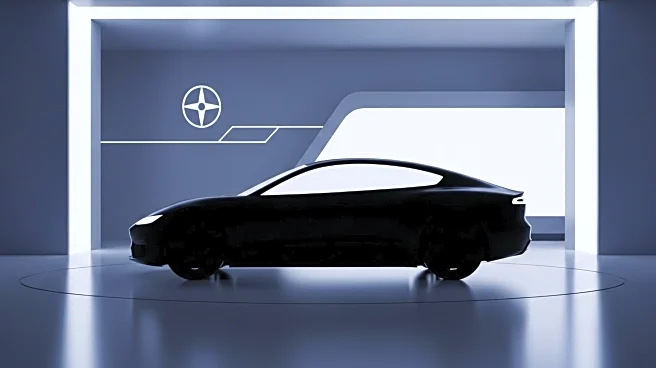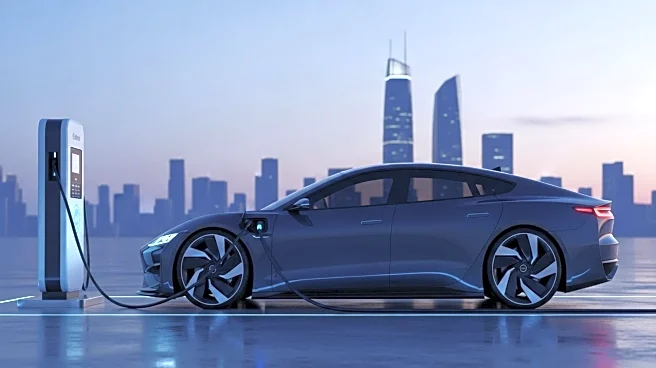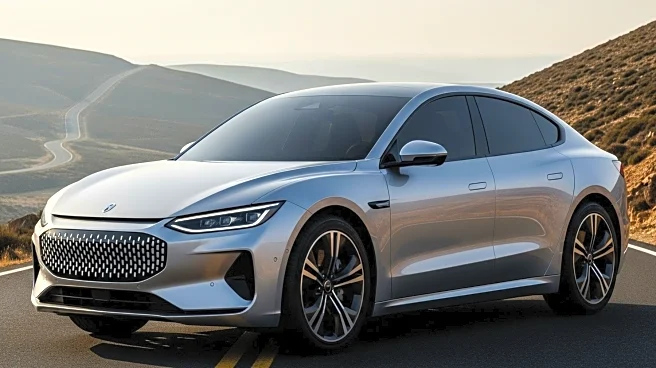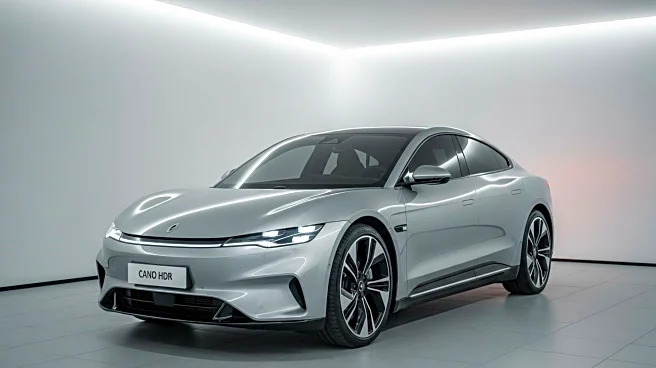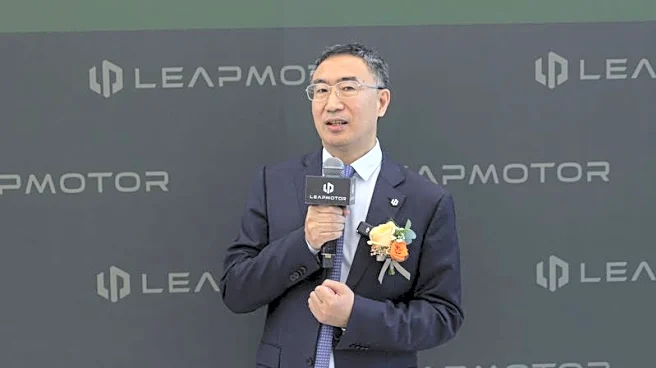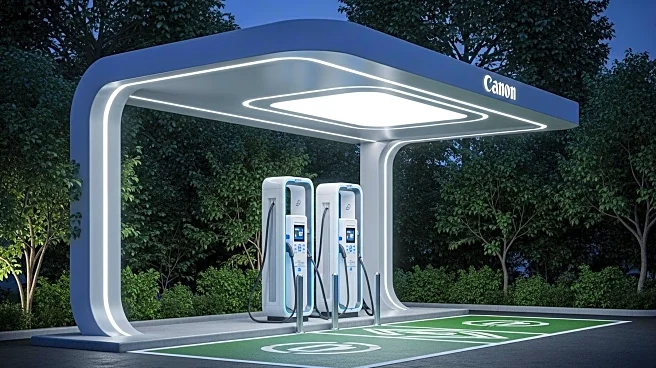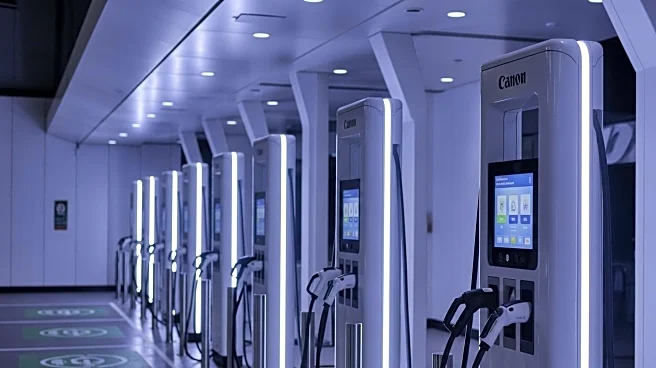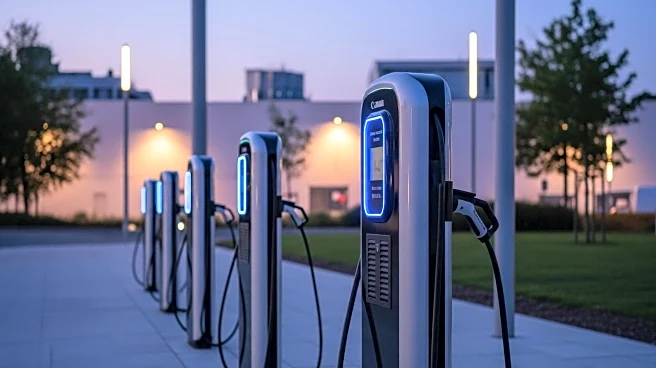What's Happening?
As plug-in hybrid vehicles become more popular, drivers are seeking ways to maximize their efficiency and minimize range anxiety. Experts suggest keeping the battery fully charged to take advantage of the electric motor's torque and improve overall performance. Investing in a home charger can simplify the charging process, though public charging stations remain a viable option. Planning is key, with apps like Google Maps and PlugShare helping drivers locate charging stations. For road trips, pre-planning charging stops can help maintain electric driving as much as possible.
Why It's Important?
The rise of plug-in hybrids reflects a shift towards more sustainable transportation options. These vehicles offer a compromise between traditional gasoline engines and fully electric cars, appealing to consumers looking to reduce their carbon footprint without sacrificing convenience. By optimizing charging habits, drivers can enhance their vehicle's performance and contribute to environmental goals. As the automotive industry continues to evolve, understanding how to effectively use plug-in hybrids will be crucial for consumers and manufacturers alike.
What's Next?
As technology advances, plug-in hybrids may see improvements in battery life and charging infrastructure, further reducing range anxiety. Automakers could introduce more user-friendly features to assist with charging and trip planning. Additionally, government incentives for electric vehicles may encourage more consumers to adopt plug-in hybrids. The continued development of charging networks will be essential to support the growing number of hybrid and electric vehicles on the road.
